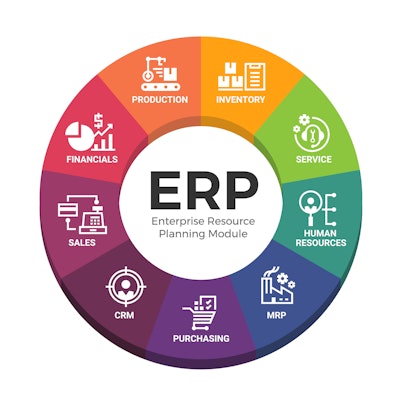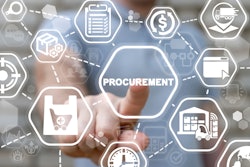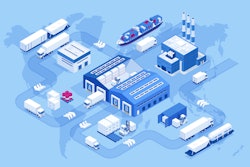
2022 saw an inflationary environment unlike any we have seen in decades. As central banks have moved to combat inflation with higher interest rates, businesses struggle to get access to capital. This is particularly true for smaller businesses that have seen a disproportionately higher cost of borrowing and access to liquidity dry up.
Inflation is expected to continue in 2023, with interest rates rising even further. Most analysts agree that we are heading into a deeper period of recession and economic upheaval.
During the tough times, finance and procurement teams will need to scale their supplier finance programs to best position their businesses for success. Whether to improve the resilience of supply chains or to keep costs down, supplier finance will be an increasingly effective tool in the year ahead.
How can you scale supplier finance programs to ensure they benefit the entire supply chain?
Here are five key tips for placing it in the best possible position for success.
- Preparation and effective segmentation
As the old saying goes: Fail to prepare, prepare to fail. Clarity on what you are trying to achieve is critical, but so too is asking yourself some core questions. What funding and internal resources will you need? And what proportion of your suppliers should you expect to take up early payment? How will the rising interest rate environment change this?
Underlying these questions is the key decision: which of your suppliers should you target? All of them? A certain percentage determined by spend? Or perhaps a focus on small businesses most in need?
Each will have its own unique contexts and concerns that need to be considered, and it’s wise to base these decisions on insights derived from your data and set practical, achievable goals.
- Set the right pace
When asked how fast they want any program to progress, most CFOs would reply, “As fast as possible, please.”
In the real world, however, there are too many variables in play for supplier finance programs to come online overnight for everyone. Does your company have multiple enterprise resource planning (ERP) solutions? Does your program require buy-in by local teams in each geography?
The pace you can roll out the program will be determined by what resources to bear on the task. Understanding how your constraints match your goals is key.
- Operational readiness
It’s a cliché of business advice, but communication really is central to any successful endeavor, and scaling your supplier finance program is no different.
There’ll be a long list of internal stakeholders, from procurement to IT and from legal to compliance. Some will need the benefits of the program made clear before you get their buy-in.
Secure senior sponsorship, ideally from the C-suite, and use this influence to set up an operating group with representation from across the business. This will create a forum where you can share information and ideas on how the program will serve both the firm and your suppliers.
And as with any communication effort, it’s sensible to think about your audience. How can you best demonstrate ROI to different stakeholders? How will you structure meetings to brief key personnel? And most importantly, how digestible is the information you’re sharing? While there’s always a desire to share a lot of detail, people typically need the TLDR (too long, didn’t read).
- Successful onboarding
Onboarding suppliers at speed and at scale is easier said than done and will depend heavily on the quality, flexibility and sophistication of the chosen technical solutions.
“If you build it, they will come” doesn’t apply here. Even if a supplier has a strong need for cash amid economic headwinds, you’ll still need to reach out to build awareness of the program and the early payments solutions you offer.
Many firms choose to outsource this process to their supplier finance provider with the experience and digital capabilities to do this efficiently and at scale. With the right support, onboarding can be streamlined and effective.
- Program evolution
If your program is live and you have onboarded a critical mass of suppliers, now is the time to review and monitor progress.
Have your goals changed since the program was launched? Has your supplier base changed? If you are self-funding early payments, is your return on cash at a desired level? Should you reach back out to suppliers again in light of rising interest rates to ensure they are aware of the opportunity?
Providers of technical solutions should be able to furnish you with a portal or dashboard to surface data and gain actionable insights. Armed with this data, you can identify actions you should take no matter how your objectives have changed.
From lockdowns to disrupted supply chains, from inflation to geopolitical turmoil, the past few years have taught us to expect the unexpected. As 2023 dawns, be ready for what’s ahead. Ensuring your supplier finance program is set up for success is just one way to put yourself in the best possible position for whatever is in the year ahead.













![Pros To Know 2026 [color]](https://img.sdcexec.com/mindful/acbm/workspaces/default/uploads/2025/08/prostoknow-2026-color.mduFvhpgMk.png?ar=16%3A9&auto=format%2Ccompress&bg=fff&fill-color=fff&fit=fill&h=135&q=70&w=240)



